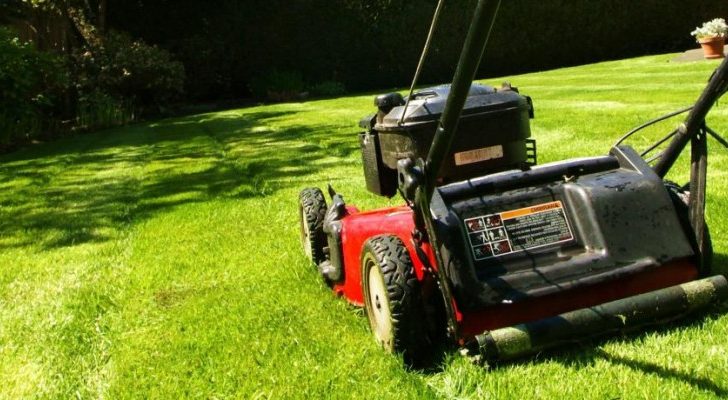Green Fingers
It’s generally in April that ground temperatures start to rise and grass grows with renewed vigour. This year it may be late on in the month, however April is still the month to look over your lawn.
You should be cutting it fortnightly now, with the blades still set high. It’s after you start cutting it regularly that you will notice that moss and weeds have crept in. You can buy a granular three-in-one product to treat the lawn for this. It will feed the grass, while killing the moss and weeds. Apply it when rain is forecast, but if it does not rain within three days, water it. Follow the application instructions to the letter – if you use too much, you might kill your grass. When the moss turns black, rake it out using a springtime rake.
If you don’t like the idea of using chemicals, it takes just a small bit more effort to dig the weeds out by hand, then rake the moss out. Feed it with an organic lawn feed. If you do use three-in-one, don’t compost the moss. If you don’t use chemicals, you can compost the moss. Mow the lawn after raking to tidy it up.
If the lawn has bare patches, scrape them with a rake to loosen the surface. Mix a handful of lawn seed with seed compost and sprinkle it over the area. Water it and keep it watered during dry spells. Mow around it until it is 8cm/3in high, and then cut it as usual.
Protect the new shoots of hosta, delphinium, lupins and other vulnerable plants from slugs. The new shoots will just be breaking ground now and slugs will love them. If you use slug pellets, use a small amount and protect them from the rain by cutting a plastic bottle to make a cloche (cover). If they get wet, they are ineffective.
Clip over winter-flowering heathers now that the flowers are finished – just a light trim to deadhead and tidy up.
Tie in climbing and rambling roses, and any wall-trained shrub – training them to the horizontal. Prune hydrangeas, but only cut the shoots that carried last year’s flowers. Follow the shoot down to a strong, healthy side shoot and cut just above it. Do not cut any shoot with a fat, green bud at the end – that is this year’s flower.
To tidy up your daffodils, deadhead them by pinching the flower head between your finger and thumb, but let the leaves die naturally, if possible. If not, then give them at least six weeks after flowering before cutting and composting. This is so that the bulbs can recharge and give a full display next year.


 Paul Gargan
Paul Gargan
